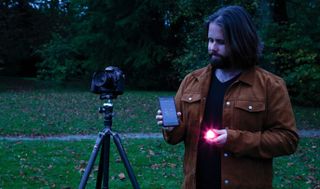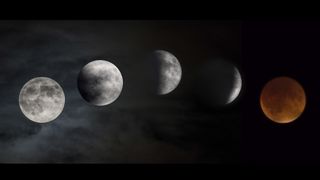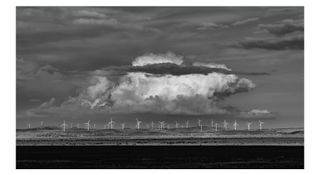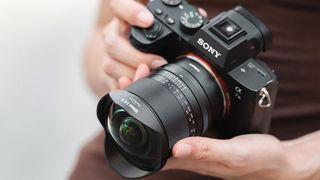The Royal Museums at Greenwich, London, are a mine of information about this and other lunar topics.
Royal Museums Greenwich comprises the Royal Observatory, Cutty Sark, National Maritime Museum, Queen’s House, The Prince Philip Maritime Collections Centre and the Caird Library and Archive. Part of its role is to educate about the exploration of space.
Names given to full Moons
Here’s the Museums’ list of the 12 new moons seen every year (occasionally there might be 13) :
January: Wolf Moon
February: Snow Moon
March: Worm Moon
April: Pink Moon
May: Flower Moon
June: Strawberry Moon
July: Buck Moon
August: Sturgeon Moon
September: Full Corn Moon
October: Hunter’s Moon
November: Beaver Moon
December: Cold Moon

‘Blood’ Moon, ‘Blue’ Moon and ‘Harvest’ Moon
A ‘Blood’ Moon happens during a total lunar eclipse. This is when the Earth passes between the sun and a full Moon, casting the moon briefly into shadow. When this happens, the Moon takes on a strong, reddish brown color completely unlike its normal appearance.
• How to photograph a Blood Moon
A ‘Blue’ Moon is a comparatively rare event, hence the saying “once in a blue moon”. The Moon’s 12 annual cycles actually happen over 254 days, so periodically there will be a 13th full moon in the year – a ‘Blue’ moon. There are other historical orgins, and sometimes a ‘Blue’ Moon has been associated with atmospheric changes and disturbances rather than the lunar cycle.
Get the Digital Camera World Newsletter
The best camera deals, reviews, product advice, and unmissable photography news, direct to your inbox!
And then there’s the ‘Harvest’ Moon. This is the closest full Moon to the autumnal equinox, or harvest time. The story is that the light of the Harvest Moon allows farmers to carry on collecting crops long into the night.
Not all of these 'Moons' are significant for photographers. The exception is the 'Blood' Moon – and one more the 'Supermoon'. A 'Supermoon' is when a full Moon co-incides with the Moon's closest point to the Earth (it has an elliptical orbit), so it appears slightly larger. However, when the Moon is low in the sky its proximity to recognisable objects on the horizon can also make it appear exceptionally large.
Read more:
• How to photograph the Moon
• Best telescopes for astrophotography
• Astronomical events in 2022






